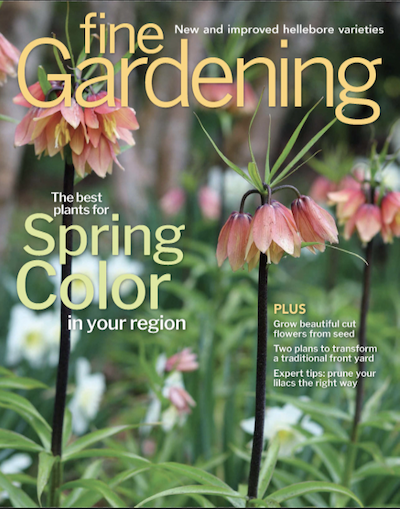Dan Johnson
-
Southwest Regional Reports
Essential Hand Tools for the Desert Gardener
Some people are particular about the garden tools they use. Others take it less seriously and are content with the cheapest things they can find. I’m somewhere in the middle.…
-
Southwest Regional Reports
How to Incorporate Arid Native Plants in Formal Garden Designs
I love the natural shapes of plants in landscape design, but garden style is subjective, and it’s fair to say that gardens should be fun and expressive. We all have…
-
Southwest Regional Reports
Trees That Create Light Shade in the Southwest
Shade is welcome most of the year in the Southwest, but too much shade can limit other options. Larger-leaved trees can cast dense shade, and when their leaves drop, extracting…
-
Southwest Regional Reports
Plants from Mexico for the Southwest
The American Southwest has indelible ties to Mexico that run even deeper than its architecture, food, and culture. Many of the literal roots of our gardens can trace their lineage…
-
Southwest Regional Reports
How to Grow Echeverias
The inward spiral of rosette-forming plants always seems to draw us in. From Romanesco broccoli to golden barrel cactus (Echinocactus grusonii, Zones 9–12), many plants grow with mathematical precision that…
-
Mountain West Regional Reports
Durable Flowers to Grow in Sagebrush Country
The deserts and mountains of the West seem to get all the attention, but between the deserts and mountains is a vast landscape that most people just drive through on…
-
Southwest Regional Reports
Easy-to-Grow Native Wildflowers for the Southwest
Brilliant wildflower displays are legendary in much of the Southwest, but they don’t occur every year. In fact, a widespread display only happens about once every ten years or so.…
-
Southwest Regional Reports
Winter Nectar Plants for Hummingbirds in the Southwest
There’s something magical about a garden graced with hummingbirds. As they dart between flowers and zip by at impossible speeds, they’re letting you know you’ve done something right. The Southwest,…
-
Southwest Regional Reports
Plants With Purple Flowers for the Southwest
Texas sage is one of the most distinctive native shrubs in the Southwest, blooming periodically throughout the year but dazzling in summer and fall. Purple is for everyone, and especially…
-
Southwest Regional Reports
Plants That Can Grow in Both the High Desert and the Low Desert
Not all plants thrive everywhere, especially in a region as diverse as the Southwest. Elevation, hardiness zone, and even where you site a plant in your yard all converge to…















